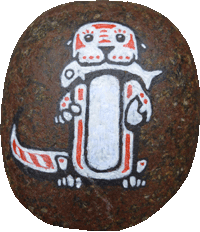Monday 15 Aug
Today I feel more well-disposed to Meru NP, as we went out for pretty much the entire day (with a picnic lunch) and actually saw some new mammals and a lot more generally. In fact we saw 21 different mammal species today, which is the best daily tally yet. We even saw lions. The first sighting was definitely the best: a single lioness, spotted drinking by the river, who then came up and flopped down to rest a couple of yards from our car. It looks like she probably has a pair of cubs nearby and was maybe waiting near the river crossing in the hope of an opportunistic dinner. Given that we are in the park that was the setting for Born Free, this lioness was clearly our own Elsa. When some more cars arrived, she got up and headed off into the bush.
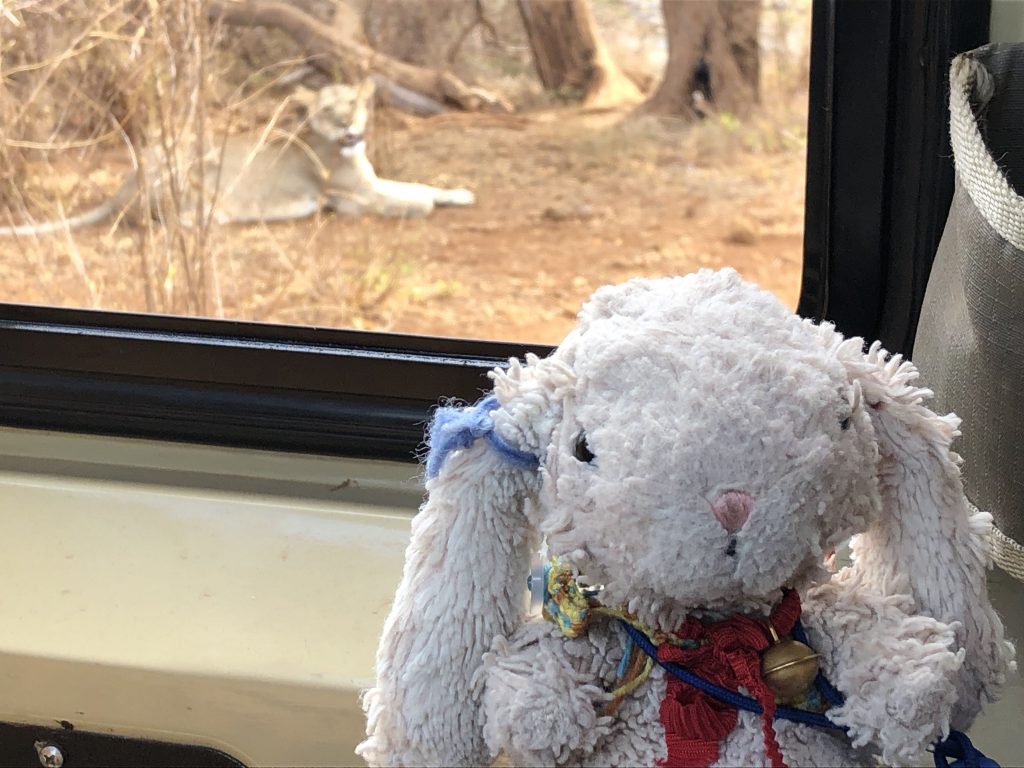
Our improved luck was probably down to a better location and time of day. The centre of the park has more open areas, favoured by game animals because they can detect predators more easily. It’s all about safety. Twenty gazelles cropping grass in the middle of a big open area will see any lion or leopard coming a mile away, so there is 0% chance of getting eaten. Gazelles wandering through thick scrub or forest can hide well, but there could also be a lion around the next bush, so the % chance of getting eaten is at least a little bit higher than zero.
Shem explained that the reason we see waterbucks in the scrub is because they secrete a vile-tasting hair oil that means predators will eat anything in preference to a waterbuck!
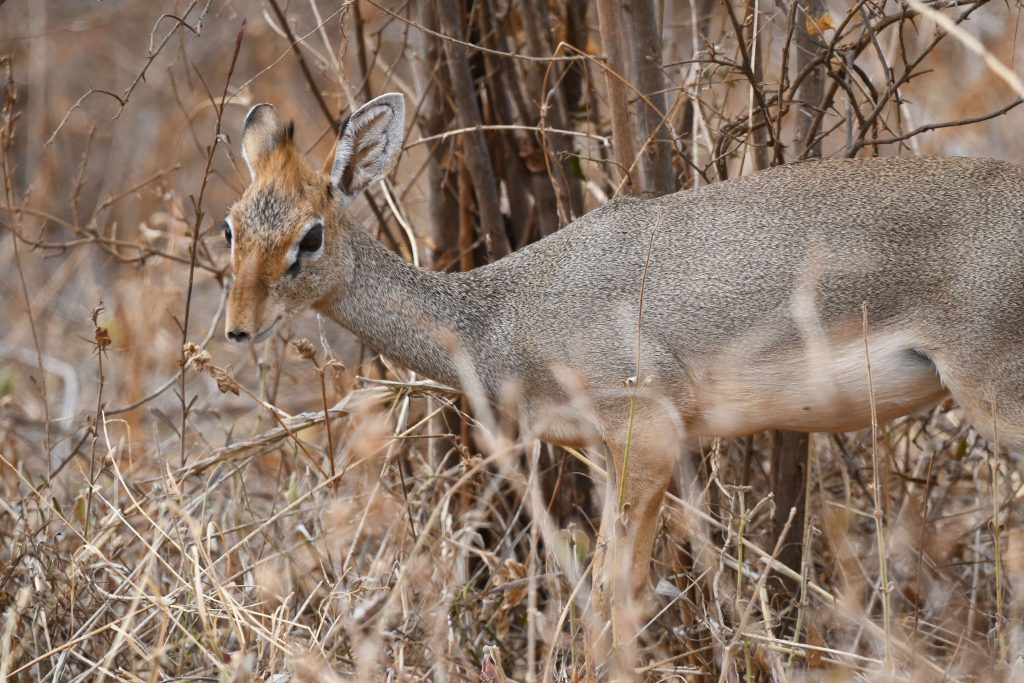
As it’s unseasonably cold in Meru just now (that’s 23-24C so we were happy!) the animals were much more diurnal than usual: we found Somali Dwaft Mongooses and the Gunther’s Dikdik, but only after lunch! If you’ve not been on safari, finding interesting animals in the middle of the day is a bit like finding snow in June. And if you don’t know what a Dikdik is, then imagine an incredibly tiny little antelope the size of a greyhound, with huge eyes and a nose that wiggles about like an inch-long trunk.
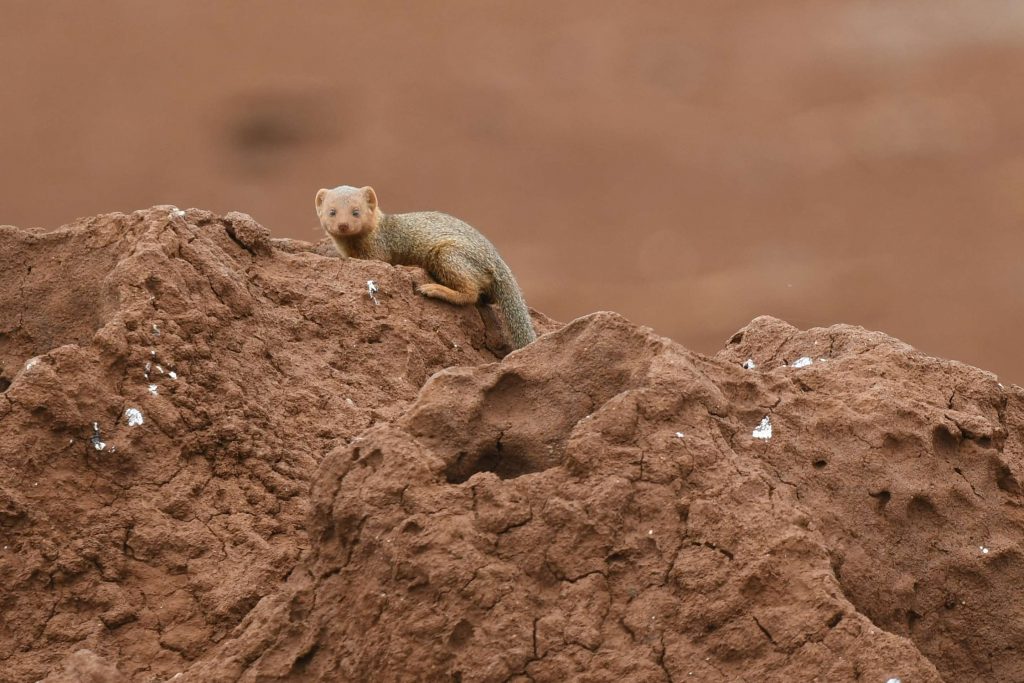
I don’t think Meru NP is a great destination for wildlife watchers, and even though I liked Rhino River Camp I’d have to suggest staying in a more central lodge if you went.
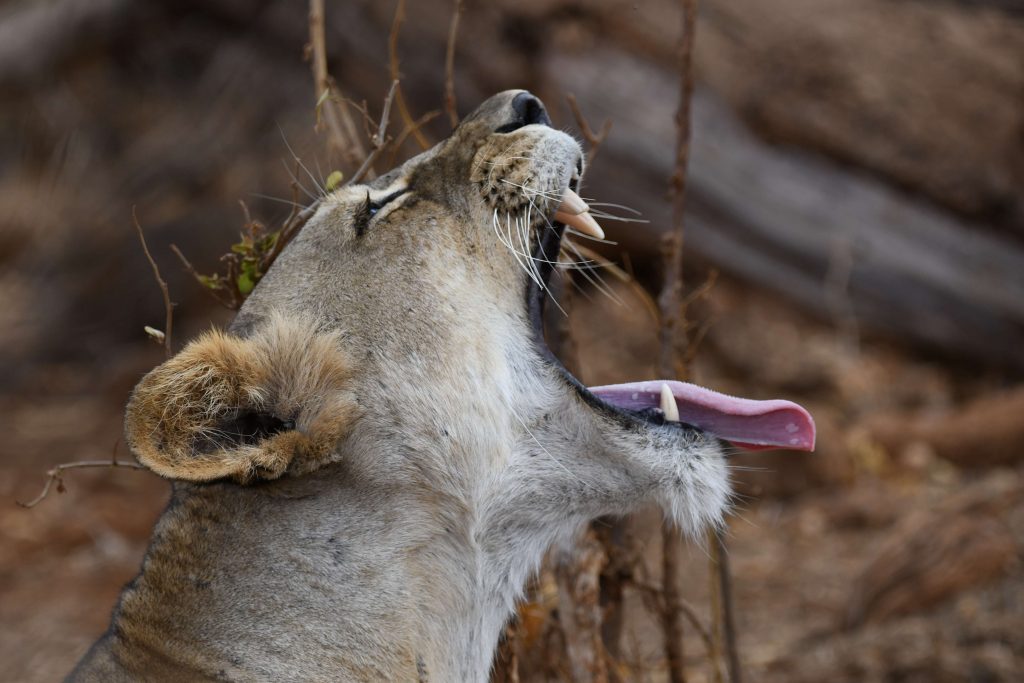
Related Images:
